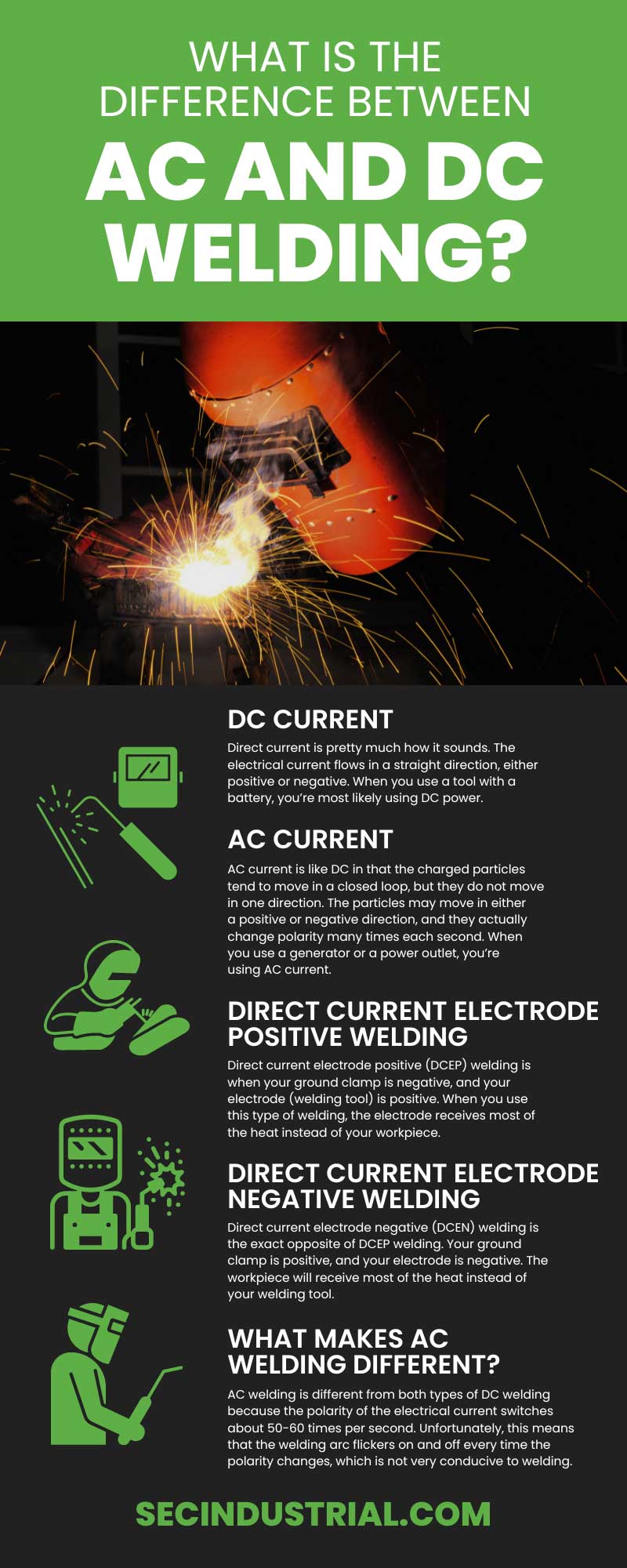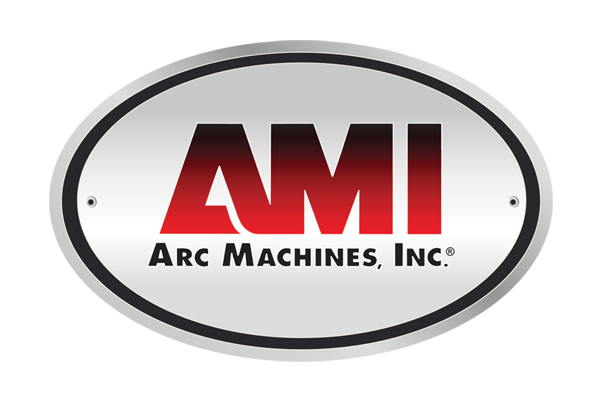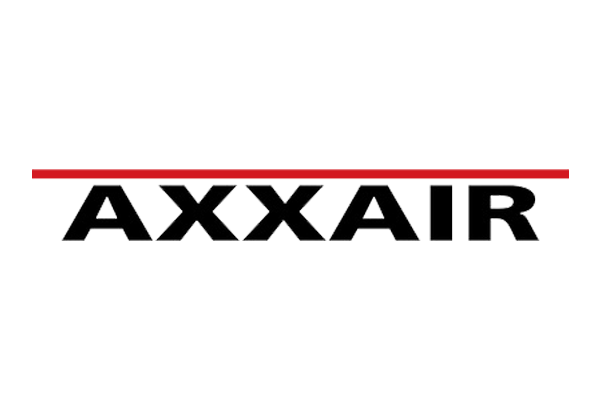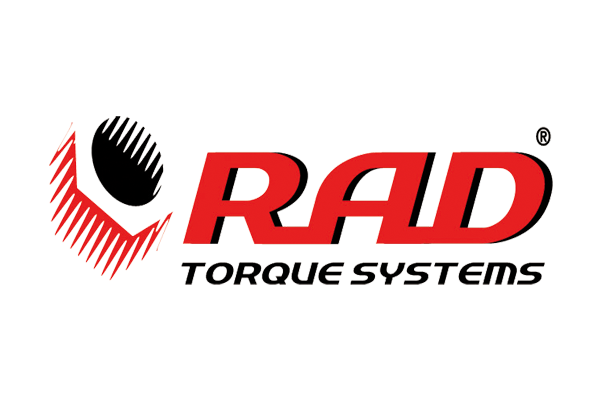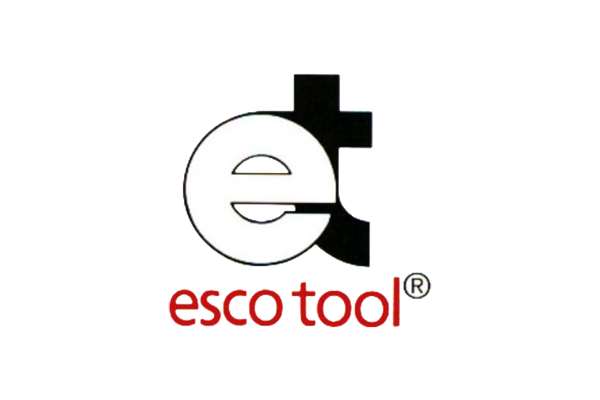What Is the Difference Between AC and DC Welding?
If your job only requires you to do one kind of welding, you may not even realize that there are different welding polarities. Alternating current (AC) and direct current (DC) are two types of electrical currents with different ways of handling polarity.
These currents represent the type of electricity flowing between the electrode and the workpiece in welding. Knowing the difference between AC and DC welding will allow you to choose the best option for each project. Keep reading to learn more.
Types of Electrical Currents
Every electrical current is the movement of charged particles through space. The charged particles are usually electrons or ions, typically moving in a closed loop. However, two types of currents, AC and DC, govern the direction in which the particles flow.
DC Current
Direct current is pretty much how it sounds. The electrical current flows in a straight direction, either positive or negative. When you use a tool with a battery, you’re most likely using DC power.
AC Current
AC current is like DC in that the charged particles tend to move in a closed loop, but they do not move in one direction. The particles may move in either a positive or negative direction, and they actually change polarity many times each second. When you use a generator or a power outlet, you’re using AC current.
The War of the Currents
During the late 1800s, there was a huge debate over whether the US should use AC or DC power in its electrical infrastructure. Thomas Edison championed DC power while his rivals, Nikola Tesla and George Westinghouse, advocated for AC. Eventually, Telsa and Westinghouse won the argument because AC power can transmit more voltage over long distances.
Electrical Currents and Welding
Every welder needs to be mindful of their electrical current to avoid electrocution and welding defects. The power supply or welding machine is a generator with a positive and negative outlet. You’ll plug your welding tool into one outlet and your grounding clamp into the other. Doing so creates an electrical current that flows through the metal workpiece.
Direct Current Electrode Positive Welding
Direct current electrode positive (DCEP) welding is when your ground clamp is negative, and your electrode (welding tool) is positive. When you use this type of welding, the electrode receives most of the heat instead of your workpiece.
Direct Current Electrode Negative Welding
Direct current electrode negative (DCEN) welding is the exact opposite of DCEP welding. Your ground clamp is positive, and your electrode is negative. The workpiece will receive most of the heat instead of your welding tool.
What Makes AC Welding Different?
AC welding is different from both types of DC welding because the polarity of the electrical current switches about 50-60 times per second. Unfortunately, this means that the welding arc flickers on and off every time the polarity changes, which is not very conducive to welding.
Choosing a Current for Each Welding Type
Which current you use on each welding job depends on a couple of things. First of all, some currents work better with different welding equipment. However, the metal that you’re welding can also impact your decision to use AC or DC current.
Shielded Metal Arc Welding (SMAW)
SMAW is one of the easiest styles of welding for beginners to learn. It works best on metals like iron and steel. Inside the electrode is a metal rod that melts and becomes the weld, thus the common name “stick welding.” Today, most SMAW uses DCEP current because it can better penetrate the metal. Since the electrode receives most of the heat, it can propel the molten metal deeper into the welding joint.
However, some people prefer DCEN for SMAW when working on thin materials. You can also use different kinds of flux for each type of current.
What Is Flux?
Flux is a material used to coat the tip of the welding electrode. As it combusts, it turns into gas that helps shield the weld. Some types of flux work better with AC or DC welding.
Gas Tungsten Arc Welding (GTAW)
GTAW is another incredibly common type of welding, and it typically makes more sophisticated welds. You’ll also see it called tungsten inert gas (TIG) welding. When you’re using GTAW, there’s no metal rod inside the electrode. Instead, you may hold a welding rod separately, though GTAW doesn’t always require this step. GTAW creates very clean-looking welds because the electrode never touches any metal pieces.
When it comes to choosing a current for GTAW, everything depends on the metal. If you are working with steel, you’ll probably use DCEN, while AC works best for aluminum and magnesium. DCEN is preferable to DCEP because it puts less heat on the tungsten electrode, which can erode.
What Makes Aluminum Hard To Weld?
Aluminum is a special metal when it comes to welding. Its specialty comes from its top layer of oxide film. This film forms the second you expose aluminum to oxygen. You must get rid of it before welding. AC is helpful here because the positive part of the cycle lifts the oxide film away, and the negative part helps the weld penetrate.
The Bottom Line: Is AC or DC Better For Welding?
The differences between AC and DC welding mean that you can’t use them interchangeably. You’ll need to know which type of welding job requires which kind of power. Most welding generally uses DC current because it produces stronger, cleaner welds than AC. However, in certain situations (like welding aluminum), you may want to use AC.
Since orbital welding is a kind of GTAW or TIG welding, you’ll need to pay attention to the type of metal you’re working on to know which current to use. Here are some general rules to follow:
- Use DCEP for stick welding medium to thick iron and steel
- Use DCEN for stick welding thin materials
- Use AC for TIG welding aluminum and magnesium
- Use AC for TIG welding magnetic-prone metals
Finding High-Quality Orbital Welding Equipment
If you’re looking for top-of-the-line fusion welding equipment for orbital welding, take a look at SEC Industrial’s collection. We carry welding machines, orbital welding heads, cooling units, and remote pendants that can make your next project much easier. Contact us today if you have any questions.
